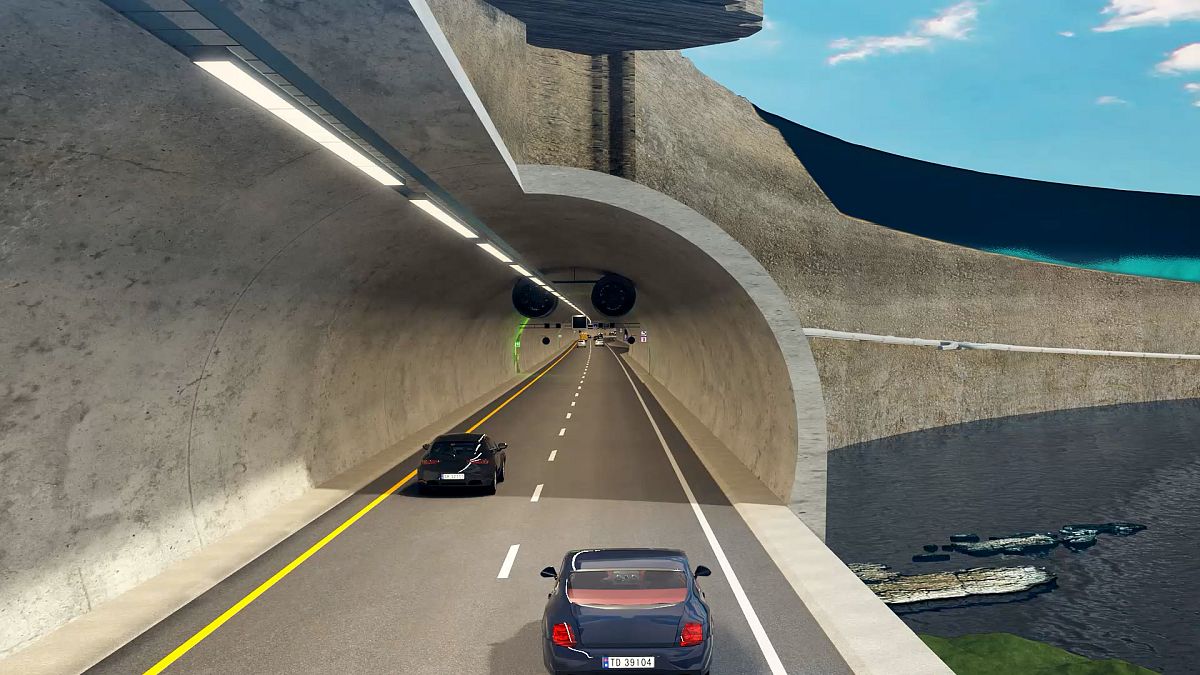-
Please be sure to read the rules and adhere to them. Some banned members have complained that they are not spammers. But they spammed us. Some even tried to redirect our members to other forums. Duh. Be smart. Read the rules and adhere to them and we will all get along just fine. Cheers. :beer: Link to the rules: https://www.forumsforums.com/threads/forum-rules-info.2974/
You are using an out of date browser. It may not display this or other websites correctly.
You should upgrade or use an alternative browser.
You should upgrade or use an alternative browser.
Did You Know ...
- Thread starter Doc
- Start date
In 2007, scientists made a stunning discovery off the coast of Alaska—a Bowhead whale was found with the tip of a 19th-century harpoon embedded deep in its neck. The harpoon fragment was identified as a bomb lance manufactured around 1890, revealing that the whale had survived a human hunting attempt over a century earlier. This extraordinary find provided rare, tangible evidence of the Bowhead whale’s incredible longevity. Known to be one of the longest-living mammals on Earth, Bowhead whales can live well over 100 years, with some estimates suggesting lifespans reaching up to 200 years. The embedded harpoon not only told a story of survival and resilience but also offered a glimpse into the past—an era of intense commercial whaling. Despite facing industrial-scale hunting, this whale managed to escape, heal, and continue its journey through Arctic waters for more than 100 years. The discovery serves as a powerful reminder of the deep history these majestic creatures carry within them, and the silent tales that swim beneath the surface of the sea.

Lol 


Then he changed his name to Joe Biden and moved into the white house and ate 5 trillion.
shortarcflyer
Well-known member
I had heard of that a fews back but had forgotten about it. Interesting indeed.
I don't see how that's possible. ATM money is in a safe. I can't see a rat breaking into a safe.
Pure silver has a similar effect
Almost
Well-known member
Found this.
pixie
Well-known member
Here is a link to an animation/cross section of the tunnel. It will have Two ! roundabouts underground but, sorry, no fish veiwing.

 www.euronews.com
www.euronews.com

Inside Norway's project to build the world's deepest subsea highway
The Rogaland fixed link, or simply Rogfast, will be about 26.7km long and 390m at the deepest point under the sea when completed.
Obviously an artist's rendering.
Someone help me out here but at 1300 feet, isn't it getting pretty dark (dysphotic zone)?
I think that calculates to over 560 lbs per square inch pressure. Tough acrylic required.Obviously an artist's rendering.
Someone help me out here but at 1300 feet, isn't it getting pretty dark (dysphotic zone)?
I thought that also, it would be dark. but if they put a tunnel down there I suspect they would also add light so that you could truly enjoy the sights.Obviously an artist's rendering.
Someone help me out here but at 1300 feet, isn't it getting pretty dark (dysphotic zone)?
tommu56
Bronze Member
That would blind the fish I can hear Gretta Thornberg and PETA protestingI thought that also, it would be dark. but if they put a tunnel down there I suspect they would also add light so that you could truly enjoy the sights.
Germany makes self-healing concrete that repairs itself in the rain
German civil engineers have created a revolutionary self-healing concrete that can repair its own cracks when exposed to rainwater, potentially ending the costly cycle of road and building repairs. This breakthrough combines advanced cement chemistry with microencapsulated healing agents, allowing the material to “heal” within days of damage appearing.
The secret lies in tiny capsules embedded in the concrete mixture. These capsules contain a limestone-producing bacteria that stays dormant until water seeps into a crack. When rain penetrates the damaged area, the bacteria activates, feeds on calcium lactate inside the capsule, and produces limestone — effectively sealing the gap from within. This creates a watertight repair that strengthens over time.
Germany’s highway system, famous for its high speeds but plagued by seasonal cracking, is already testing sections made with this concrete. Early trials show up to 90% of surface cracks vanish within two weeks, even under heavy truck traffic. This could mean far fewer maintenance closures and billions saved in public infrastructure budgets.
The environmental benefits are also significant. Traditional concrete repair requires energy-intensive manufacturing and frequent transport of new materials. By extending the lifespan of structures, self-healing concrete could slash cement production — a major contributor to CO₂ emissions — by as much as 30% over the next decade.
Urban planners are especially excited about applying this in flood-prone areas, where water damage to roads and bridges is a constant problem. The material’s water-triggered repair mechanism means it can actually become stronger after storms, instead of weaker.
If scaled globally, this invention could fundamentally change how cities build and maintain infrastructure — shifting from a repair-first mindset to a self-sustaining one.
